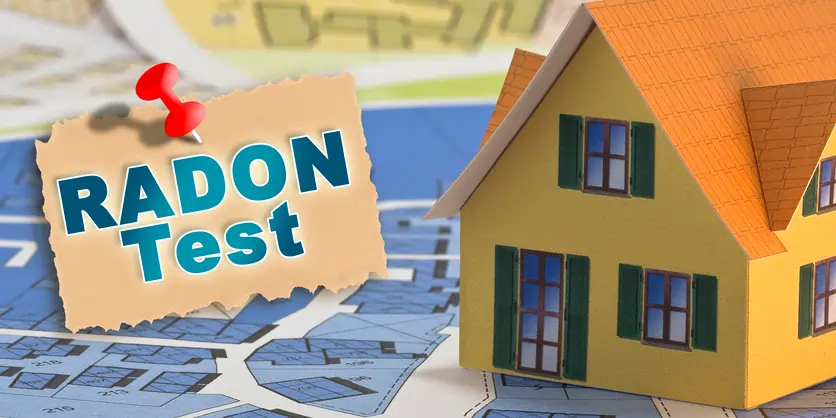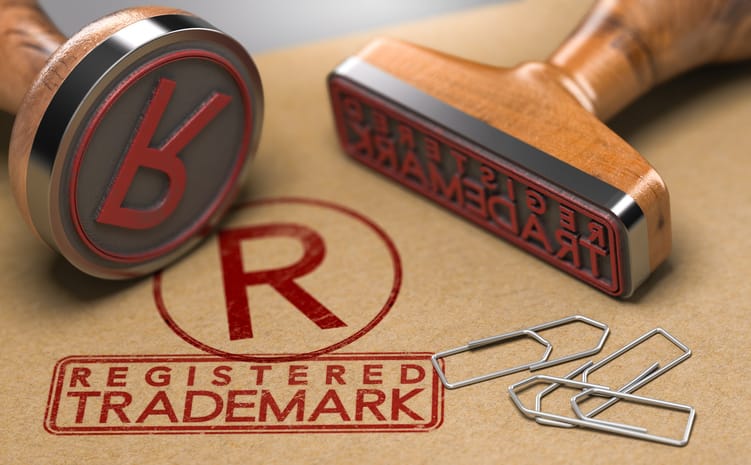
How to protect yourself and those you love from Radon, the silent killer

Lung cancer is the leading cause of cancer death in the United States, and out of the 238,000 lung cancer cases that strike every year, 21,000 of those are attributable to radon exposure. Most people may not even be aware of radon unless they have bought or sold a home in recent years.
Radon is an odorless, tasteless gas that is a known human carcinogen. The EPA estimates that 1 out of every 15 homes in the United States contains a dangerously elevated amount of radon. Experts refer to radon as the “silent killer,” and without proper testing and mitigation, radon can run amok in your home and cause deadly health issues.
The biggest problem with lung cancer is that symptoms don’t appear until the disease is already at an advanced stage. With many people unaware of their indoor radon levels, this lack of detectability could create a perfect storm.
A person’s chances of developing lung cancer from radon exposure increase due to many factors. These factors include the concentration of radon present, the length of exposure, and other factors, such as burning wood or coal, which can add harmful particles to the air. Some evidence suggests that children could be more susceptible to radon-related lung problems due to their lung shapes and faster breathing rates.
Without proper detection and mitigation of radon, the instances of lung cancer caused by radon can persist.
Testing for Radon
Radon is a radioactive gas found in the ground and within rocks, meaning areas of the home that are at ground level or below ground level are particularly vulnerable to radon exposure. While radon dissipates in the air outside, it becomes an issue when trapped inside. Breathing radon gas negatively affects the lungs to the point where radon exposure is the second-leading cause of lung cancer, just behind cigarette smoke.
The only way to become aware of the presence of radon is through an accurate and thorough detection system. There exist several testing options that people can rely on for either short-term sampling or ongoing detection.
When a house is bought or sold, a standard 48-hour test is typically used to assess the amount of radon present in the home. This one-time test can give the buyers and sellers a baseline idea of the radon level, and provide them with a quick determination if mitigation efforts are necessary before a purchase can go through.
However, radon levels typically vary over time. Seasonal changes, along with variations in wind, precipitation, and atmospheric pressure can all cause radon levels to rise and fall. Temperature fluctuations can have the most significant effect on indoor radon levels as they alter the relationship in pressure between the building and the soil below.
To be as safe as possible, homeowners should invest in a continuous monitoring system for radon levels, even after mitigation efforts. There are many continuous monitoring systems available for both home and commercial use that can catch these ongoing shifts in radon levels. Some have integrated Wi-Fi and smartphone capabilities, and others fit right into your home decor to remain inconspicuous as they keep your home environment safe.
Radon Mitigation Options
The EPA recommends that mitigation efforts are necessary if your home contains radon levels of 4 picocuries per liter, pCi/L, or higher. However, even if your home’s radon levels fall below the EPA recommendation, your radon risk can still be reduced through mitigation.
The first step in mitigation efforts is choosing a qualified mitigation expert. Your state radon office should have lists available of licensed or certified contractors. Once a professional is chosen, they can assess your needs and suggest remedial options that will work best for your needs. What is clear, from an EPA standpoint, is that radon mitigation works. Some approaches can reduce radon levels up to 99%.
The most oft-used mitigation approach is called active sub-slab suction. This involves inserting one or more suction pipes into the ground floor slab directly into the gravel or soil underneath. The system fan and suction pipes prevent soil gasses from entering your home by exhausting them safely above the roof where they are quickly diluted. There may be instances where soil or rock under the slab is not able to be tapped into. In those cases, a block-wall system may need to be installed that draws radon gas from the hollow spaces of the blocks.
If your indoor radon is less than 6 pCi/L, additional ventilation air provided by an energy recovery ventilation system can often dilute the radon by as much as 50%.
Whatever mitigation option you choose, your budget should be a consideration. According to US News and World Reports, the typical mitigation system costs between $778 and $1,223 while systems for larger homes can run upwards of $3,000. While homeowners insurance typically does not cover the cost of a mitigation system, installing one can improve the value of one’s home and make it easier to sell when that time comes.
Safety Measures for Those You Love
The more education people have on the threat of radon exposure and what can be done to lessen that threat, the healthier people will be. With effective mitigation approaches, the instances of lung cancer connected to radon can be lessened over time.
Even after a mitigation system is placed, it is best to continue using a radon detection system to ensure that the air quality in the home remains safe through weather and pressure changes. There are several detection systems on the market to fit most budgets and give ongoing peace of mind.
However, if you decide to proceed, being aware of the problems that can come with long-term radon exposure can help inform your mitigation decisions. The extra effort in ridding your home of radon is well worth it to keep your family safe.


